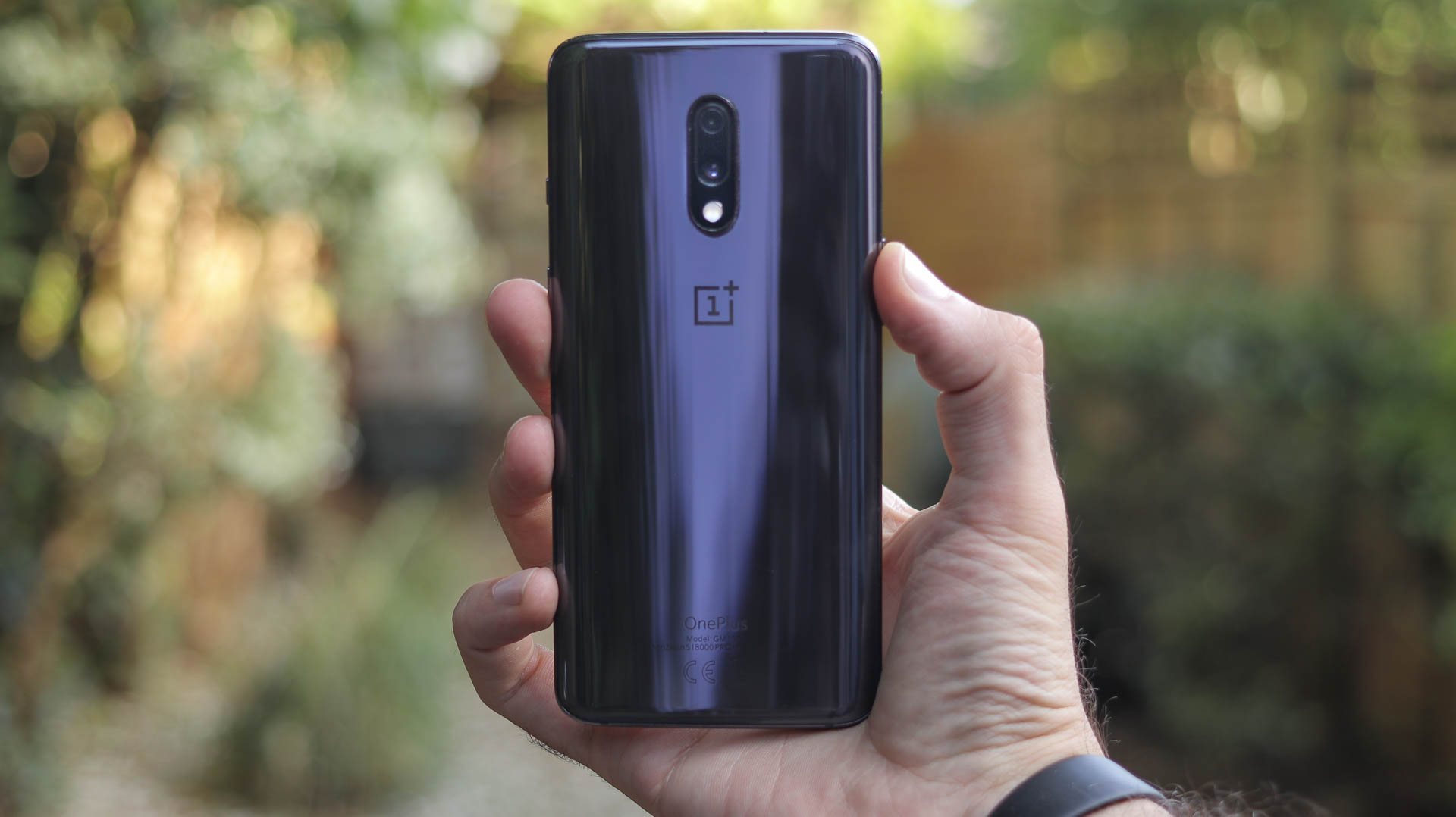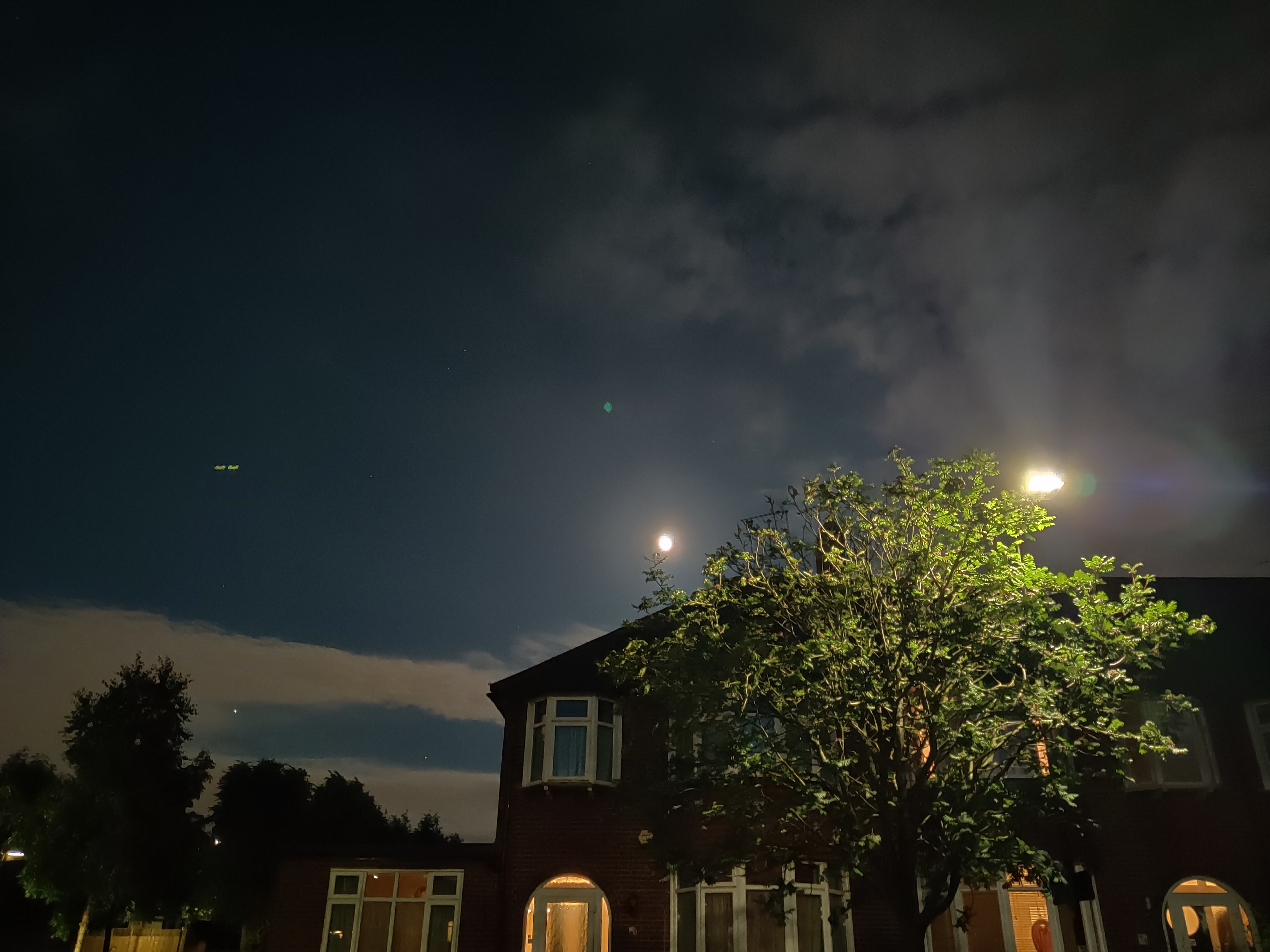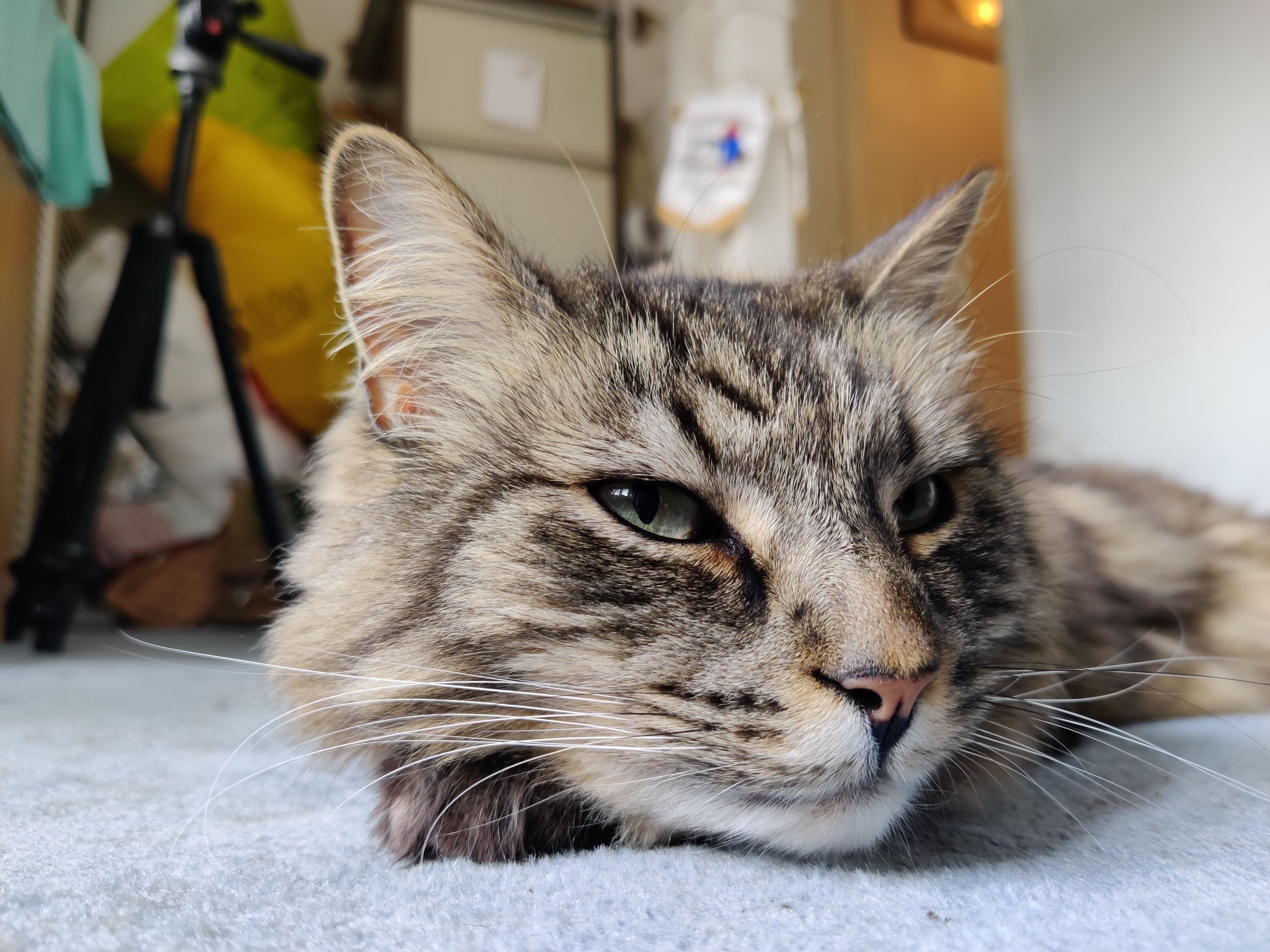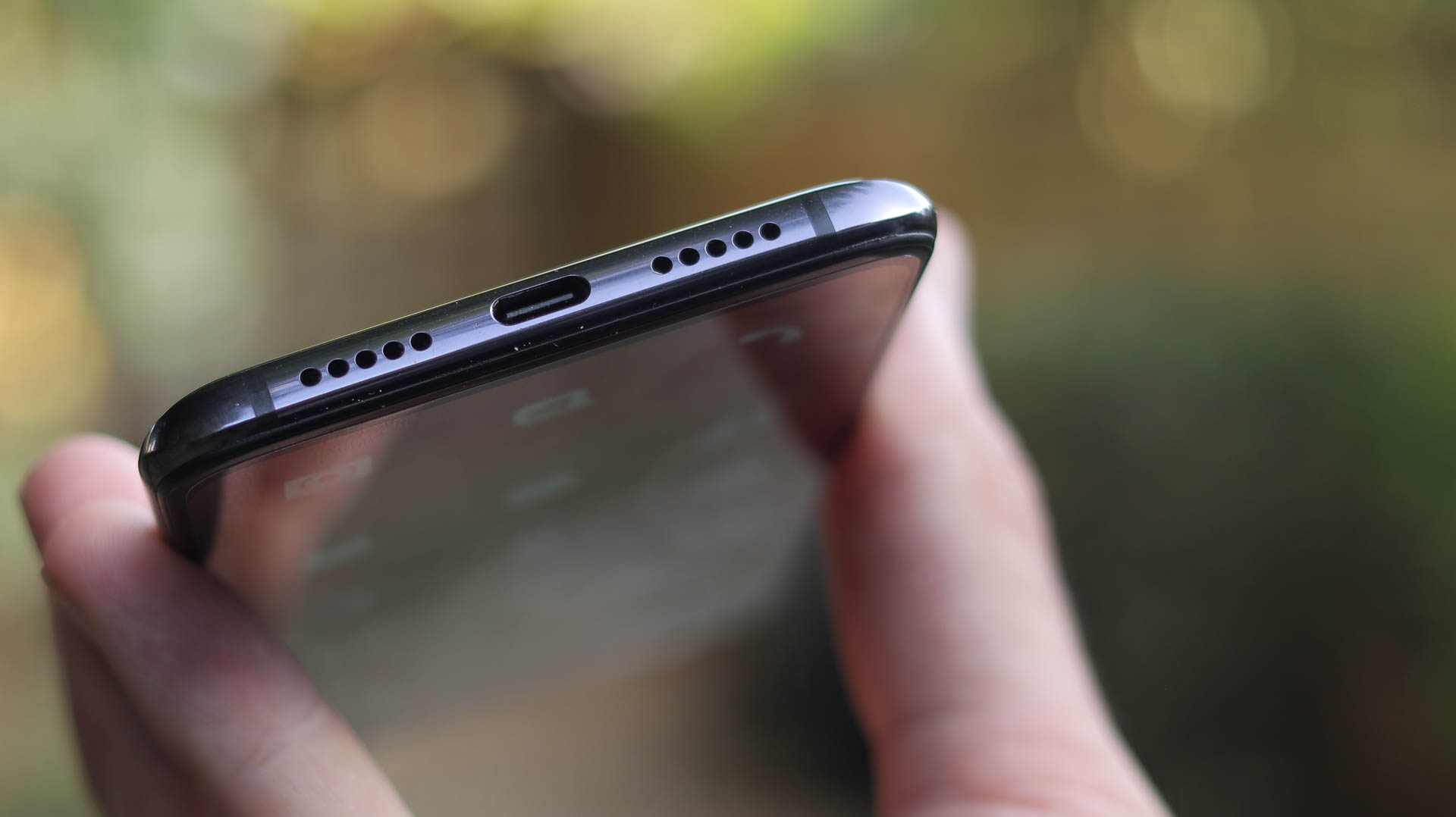Digital Camera World Verdict
You could do a lot worse than the OnePlus 7. It’s beautifully put together, delivers stacks of power and is a competent performer across the board. Some other phones that cost less have better cameras, though, the Pixel 3C being the current king on that front. That said, not many phones tick as many boxes as the OnePlus 7, making it a worthy consideration if you’re after flagship power without spending flagship money.
Pros
- +
Great screen
- +
Premium design
- +
Powerful internals
Cons
- -
It’s a OnePlus 6T refresh
- -
Good, not great camera
- -
Sharp, pronounced camera bump
Why you can trust Digital Camera World
To look at, the OnePlus 7 is the OnePlus 6T by a different name. It has virtually identical dimensions, similar specs and a mid-range starting price for the 128GB/6GB starting capacity version. That said, it does feature some key differences; its camera features the popular new IMX 586 sensors from Sony, clocking in at 48MP for starters. The phone also introduces stereo speakers to the OnePlus line, and there’s a new, flagship Snapdragon 855 processor under the hood.
• The best OnePlus phones in 2021

Design and screen
Given its price, the OnePlus 7 feels as premium as it needs to. There are a few protective elements in place when you take it out of the box: there’s Gorilla Glass 6 on the front, Gorilla Glass 5 on the back, a screen protector pre-fitted, and there’s a case included too. The OnePlus 7 isn't quite up to the same standard as the best camera phones on the market right now, yet while it isn’t water or dust resistant, at least it’s safeguarded to some degree.

The aluminium frame houses all the usual buttons and ports, a power button and volume rocker, as well as a USB-C port. In addition, there’s also a notifications slider and the phone features stereo speakers too.
Available with a mirror black finish, the curved back of the OnePlus 7 looks fantastic and bends light beautifully, but it also loves fingerprints, so gets grubby unless you wipe it down regularly.

The worst thing about the design is the camera bump. We don’t mind that it’s there, it’s just obnoxiously sharp and pronounced. This feels like a bit of an oversight and takes the in-hand feel down a level, from almost flawless, to very good.
As for the screen, it’s a 6.4-inch AMOLED panel with a 19.5:9 aspect ratio. There’s a water droplet notch at the top, which houses the 16MP front camera.
The best camera deals, reviews, product advice, and unmissable photography news, direct to your inbox!
Just like the OnePlus 6T, the display is great – over 400 pixels-per-inch and 1080 x 2340 resolution mean everything is nice and sharp, and viewing angles are also on-point too, as is depth and saturation.
Color reproduction also impresses, not least because of the color profiles available to choose from in the settings. You can choose between Vivid, Nature and Advanced, with Advanced consisting of AMOLED Wide Gamut, sRGB and Display P3. Warmth can also be dialled up or down, meaning the granular level of fine-tuning is amongst the best out there.

Interface and performance
Running Android 9 with OnePlus’ proprietary Oxygen OS over the top, you’re set up for success from the get-go here. Oxygen OS has always been one of the best interfaces about, looking and feeling clean and streamlined while still delivering plenty of customisation options for anyone keen to tinker.
With Android 9 under the hood, you’re also getting the latest widely available version of Google’s operating system, great app support and a degree of futureproofing too.
Thanks to the Snapdragon 855 processor powering the experience along, it’s also as fast as any flagship camera phone, whether you’re gaming on it or batch exporting a bunch of photos in Lightroom for mobile.
Available in either a 128GB/6GB starting capacity or a more specced out 256GB/8GB model for power users, either version will deliver performance that punches above its weight. That’s really where the OnePlus 7 shines, so if you want a phone that will last at an affordable price it could be a perfect choice.
Camera
Despite its dual camera, the OnePlus 7 doesn’t have any optical zoom. Its primary 48MP IMX586 sensor is paired with a stand wide angle lens, featuring an f/1.7 aperture, OIS and PDAF (Phase Detection Autofocus). If you want different lens choices you'll have to resort to the various add-on lenses for camera phones on the market.
The secondary rear camera resolution is 5MP, and its job is to gather depth information, with which it enhances photos. The combination results in a competent camera phone that more than covers the basics.
Starting with shooting modes, automatic mode is powered up with auto HDR, which results in strong dynamic range. The phone shoots up to 4K 60fps video, there’s a portrait mode, night mode and pro mode for manual photography. Time-lapse, panorama and slow-motion capabilities are also present and accounted for.
Despite its 48MP sensor, the phone captures 12MP shots, and unlike Xiaomi phones like the Mi 9 SE, which feature the same sensor, there’s no override option in automatic mode, only in manual mode.
Photos shot in good light on the OnePlus 7 produce ample detail, and despite no telephoto lens, at up to 2x, things still hold up respectably, likely owing to the camera’s pixel-tastic sensor still being able to produce a native 12MP image, just with more of a crop.
Beyond detail, colors captured by the camera are a bit too zingy and contrast seems a little high. Both of these factors can kill some of the tonal nuances in a shot. Anyone who’s a fan of flatter photography, or if you think you might want to edit your shot later, should definitely fire up Pro mode and shoot in RAW. Whether you’re pulling pictures into Lightroom or not, while the results are noisier, there’s much more scope for you to fix things the way you want to.

Night shooting isn’t bad in automatic mode, with good noise to detail ratio in all but the bleakest lighting. You can fire up Nightscape, though, to activate a Huawei-esque, long exposure shooting mode that finds light even when it isn’t there. It’s a great way to create almost ethereal looking shots which have a softness that gives them a watercolor-esque quality. While good, Nightscape pictures don’t deliver anywhere near the sheer amount of detail captured by the likes of the Huawei P30 , or the Pixel 3/Pixel 3C in their night modes.
When shooting portrait photos, results are fair, though the artificial background blur can look a bit extreme, especially when your subject isn’t a person, but a bowl, or a cat, or a flower. You also can’t retrospectively play with your background blur after your picture’s taken, which you can do on some other phones from Huawei and Honor.

Here are some more sample images shot on the OnePlus 7 (you might spot a theme here).

Here are some more sample images shot on the OnePlus 7 (you might spot a theme here).

Here are some more sample images shot on the OnePlus 7 (you might spot a theme here).

Here are some more sample images shot on the OnePlus 7 (you might spot a theme here).
As for video, shot at a maximum resolution of 4K/60fps, it can be recorded for up to five minutes before the phone needs a break. Full HD capture will record for as long as your battery or storage capacity permits. Footage shot at all resolutions looks good from a detail and color point of view. Even in low light, detail doesn’t crumble, and you can fire up the video light to help things along.
Nuzzled within the water droplet notch is the front-firing 16MP selfie camera, and it’s amongst the best we’ve tested. It does an admirable job of grabbing serious amounts of detail while still being flattering. In addition, the portrait mode photos we shot on it added a pleasing amount of depth, and even with the beauty modes dialled up, you won’t look like a digitized Barbie doll – just yourself, on a good day.

Battery and connections
There’s two-fold biometric security onboard: an in-screen fingerprint scanner and face recognition. They can work in tandem for even quicker unlocking, however, the face recognition is less secure, and can be duped with a photo, so if you’re concerned, stick with the fingerprint scanner.
Bluetooth 5.0 and aptX wireless audio codecs are onboard, so compatible Bluetooth headphones reproduce sweet music wonderfully, and there’s also NFC too for one touch pairing and mobile payments.
OnePlus hasn’t included wireless charging on either the OnePlus 7 or the OnePlus 7 Pro, but both feature a 3700mAh battery that does manage to get through a day, the OnePlus 7 even more comfortably than the Pro, thanks to its smaller display. Even better, OnePlus’ 20W Dash Charge has made a return on the vanilla 7, so you can power up from 0-100% in under an hour and a half.

Verdict
The OnePlus 7 is a great phone. Its design is rich, it has a great screen, a slick interface and stacks of power under the hood. The camera is fairly good in automatic mode, but if you’re prepared to tinker, you can get even more from it, and the phone comfortably lasted a full day for us. The fact is, however, we could say all that for a few phones out there, like the Honor 20, Xiaomi Mi 9 and the Black Shark 2. Also worth noting, the Pixel 3C costs less and packs a better camera, though less power. So while we can wholeheartedly recommend the OnePlus 7, it isn’t quite the no-brainer the onePlus 6 was when it launched.
Read more:
• These are the best camera phones you can get right now
• The best gimbals for your iPhone, GoPro and camera
• These are the best add-on lenses for iPhone and Android phones
Basil Kronfli is a freelance technology journalist, consultant, and content creator. He trained in graphic design and started his career at Canon Europe before moving into journalism. Basil is also experienced in video production, independently running the YouTube channel TechEdit, and during his time at Future, he worked alongside the Digital Camera World team as a senior video producer.




